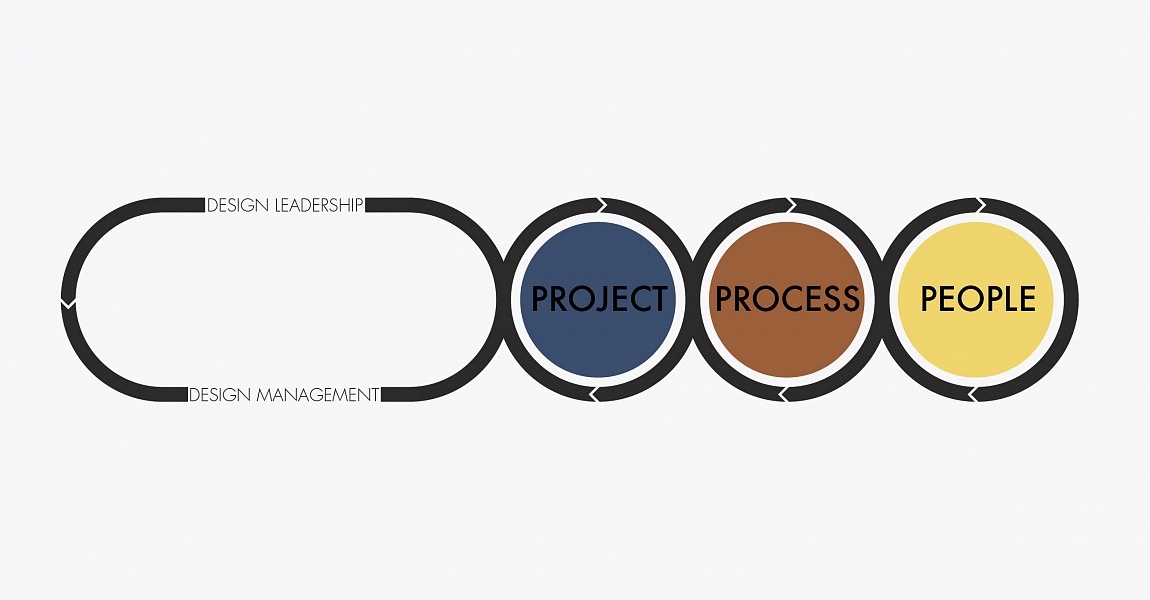
Briefing
Design Briefing is the culmination of a long and arduous process of research, investigation, negotiation, testing, and synthesizing vast amounts of information about a real problem that exists, yet a good solution is still distant. In commercial terms this manifests itself as a document that captures information from business, from technical, and from design perspective about why, what and how a new product or service is called for at this time. It defines the vision (or why should one act), the intent (or what shall be done), and the plan (or how it would be done and who should be involved in the process) for execution.
This document is possibly the most strategically important one for aligning all teams involved in the creative process - from sales and marketing, through design and engineering, to operations and finance. It goes into great lengths of painting the picture of what the success metrics of a program would look like: business and marketing scope, feature sets, functional, aesthetic, haptic characteristics, financial performance metrics and budgets, timing and schedule, teams and experts involved, and desired business impact as a result. The so-called "Brief" feeds the entire development process and governs its careful executions with constraints and respective opportunities for break-through success.






